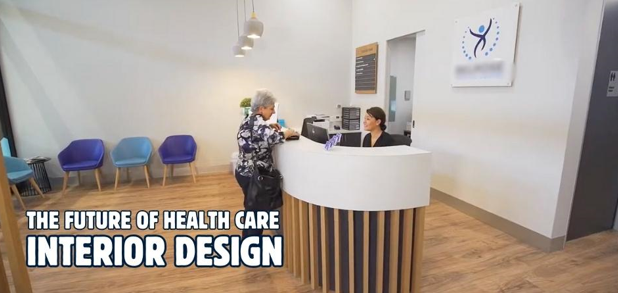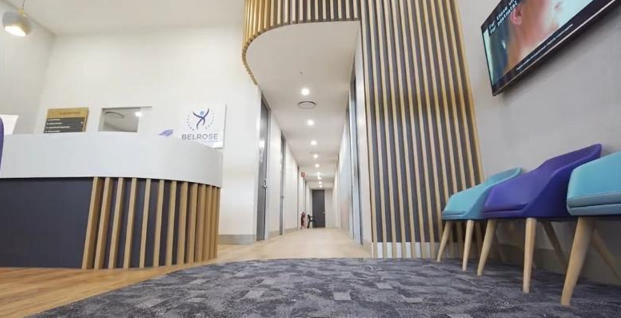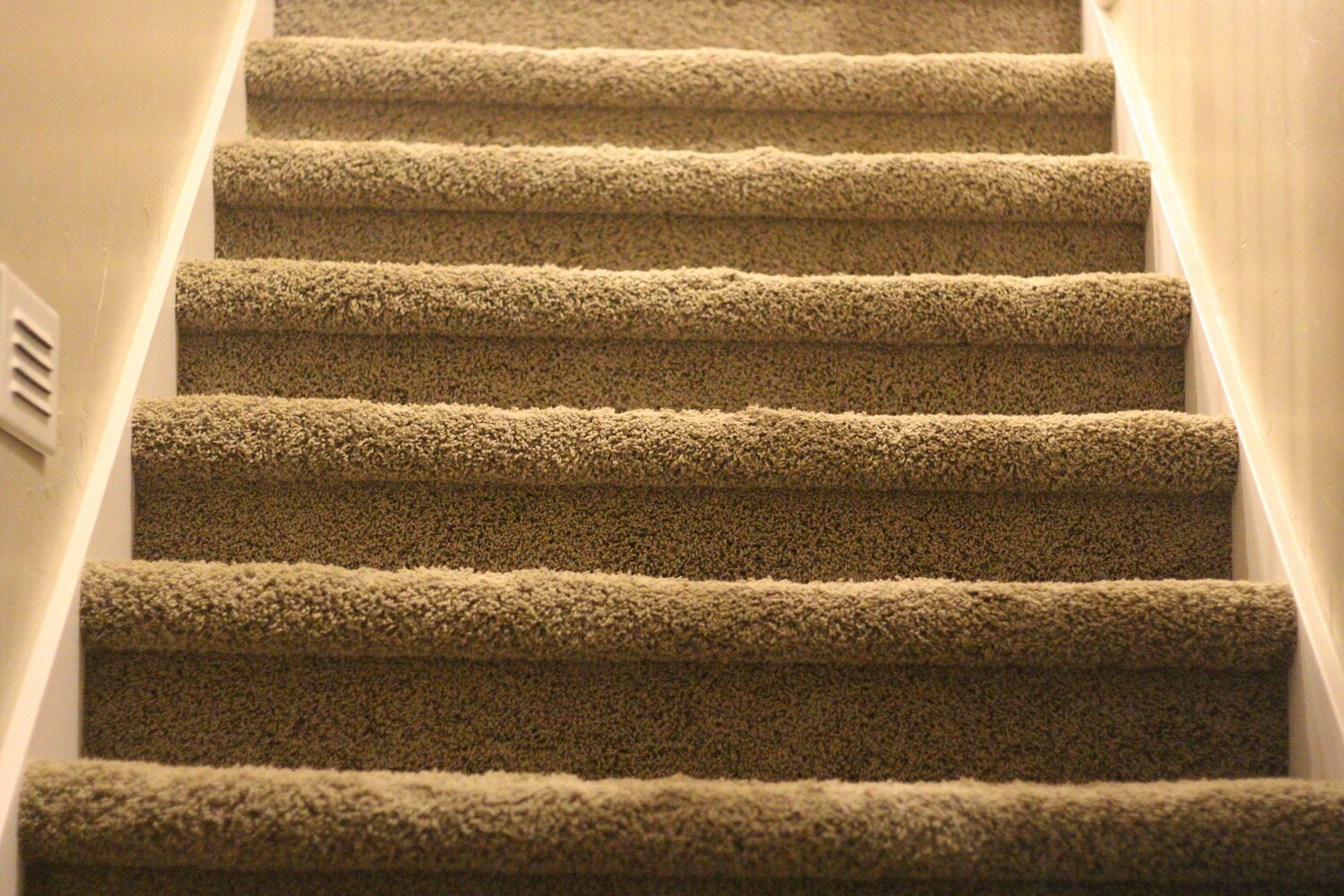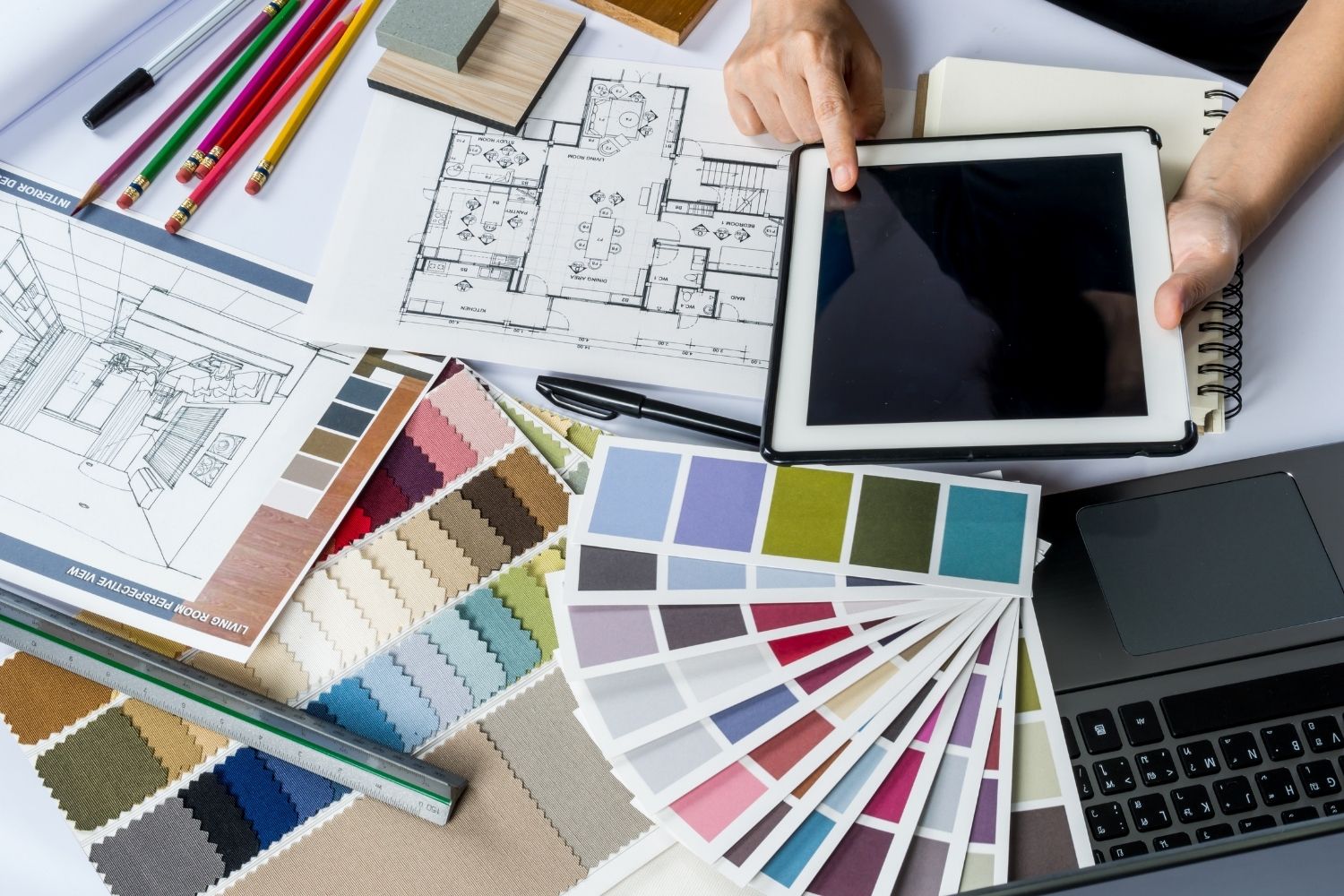- Home
- Articles
- Architectural Portfolio
- Architectral Presentation
- Inspirational Stories
- Architecture News
- Visualization
- BIM Industry
- Facade Design
- Parametric Design
- Career
- Landscape Architecture
- Construction
- Artificial Intelligence
- Sketching
- Design Softwares
- Diagrams
- Writing
- Architectural Tips
- Sustainability
- Courses
- Concept
- Technology
- History & Heritage
- Future of Architecture
- Guides & How-To
- Art & Culture
- Projects
- Interior Design
- Competitions
- Jobs
- Store
- Tools
- More
- Home
- Articles
- Architectural Portfolio
- Architectral Presentation
- Inspirational Stories
- Architecture News
- Visualization
- BIM Industry
- Facade Design
- Parametric Design
- Career
- Landscape Architecture
- Construction
- Artificial Intelligence
- Sketching
- Design Softwares
- Diagrams
- Writing
- Architectural Tips
- Sustainability
- Courses
- Concept
- Technology
- History & Heritage
- Future of Architecture
- Guides & How-To
- Art & Culture
- Projects
- Interior Design
- Competitions
- Jobs
- Store
- Tools
- More
The Future of Health Care Interior Design: Innovation and Patient-Centered Spaces

Health care spaces are no longer just about functionality; they are becoming places of healing, comfort, and innovation. As patient needs continue to change, so does the design of hospitals and clinics, blending aesthetics with advanced technology. The future of health care interior design promises even more exciting developments.
The future of health care interior design focuses on creating environments that improve patient outcomes. By integrating innovation and patient-centered approaches, hospitals are becoming more efficient, comfortable, and sustainable, leading to better recovery experiences for patients.
Curious to learn more about the trends shaping health care interiors? Continue reading to discover how design is transforming the future of health care.
Table of Contents
ToggleWhy Health Care Interior Design is Changing?
Health care interior design is developing to meet the changing demands of patients and medical professionals alike. A focus on improving well-being, incorporating advanced technology, and adopting sustainability is driving these advancements. Here’s why health care interior design is changing.
- Patient-Centered Care: Hospitals and clinics are advancing toward designs that prioritize patient comfort and emotional well-being. Features such as natural light, quiet spaces, and soothing colors help create an environment that promotes healing and reduces stress for patients.
- Technological Advancements: Modern health care facilities are integrating new technologies such as smart rooms, telemedicine systems, and digital check-ins. These innovations require adaptable spaces that can accommodate advanced medical equipment and streamline hospital operations.
- Focus on Flexibility: Health care facilities must be adaptable to handle different medical needs. Flexible designs allow spaces to be easily reconfigured, making it possible to transform rooms quickly to serve various functions without compromising efficiency or comfort.
- Sustainability: Hospitals are becoming more environmentally conscious. The use of sustainable materials, energy-efficient systems, and eco-friendly practices helps reduce the environmental footprint of health care facilities while improving indoor air quality and reducing operational costs.
- Improved Safety and Hygiene: In a post-pandemic world, safety is paramount. Design elements such as touchless technology, antimicrobial surfaces, and improved ventilation systems are being implemented to reduce the spread of infections and ensure a safe environment for patients and staff.
These factors are influencing the development of health care interior design, creating spaces that are not only functional but also healing, sustainable, and technologically advanced.

The Future of Health Care Interior Design: Innovation and Patient-Centered Spaces
Health care environments are growing rapidly, with innovation and patient-centered approaches leading the way. The future of health care interior design is transforming how hospitals and clinics look and feel, ensuring spaces promote healing, comfort, and efficiency. Let’s explore some key aspects driving this transformation.
Smart Technology Integration
The use of smart technology is revolutionizing health care interiors. Hospitals are incorporating smart lighting, automated climate control, and advanced patient monitoring systems. These innovations make patient care more efficient while creating a personalized and comfortable environment.
Modular and Flexible Spaces
Flexibility is crucial in modern health care design. Modular spaces allow hospitals to quickly reconfigure rooms based on patient needs or the type of care required. This adaptability ensures that hospitals can optimize space usage without compromising patient comfort.
Healing Environments
The future of health care interior design emphasizes the creation of healing environments. Elements like natural light, soothing colors, and views of nature have been proven to reduce stress and promote faster recovery. These therapeutic spaces contribute to both mental and physical well-being.
Designing spaces that reduce patient anxiety and improve care accessibility is especially important in specialized clinics—such as when searching for a vein doctor near me to address chronic venous conditions.
Personalized Patient Rooms
Customizable patient rooms allow patients to control aspects of their surroundings, such as lighting, temperature, and entertainment. As a result, recovery times can be shortened with patient-centered features. Basically, the most prominent international healthcare conference in Canada highlights the importance of such patient-centered innovations in global health care design.
Sustainable Materials and Eco-Friendly Design
Sustainability is a growing priority in health care design. Hospitals are now incorporating eco-friendly materials and energy-efficient systems. From non-toxic building materials to renewable energy solutions, these practices not only reduce the carbon footprint but also create healthier environments for patients and staff.
Patient Privacy and Safety
Future health care designs will place a strong emphasis on patient privacy and safety. Soundproofing materials, private consultation areas, and touchless devices will become standard in new facilities. These features ensure confidential discussions and reduce the risk of infections.
Technology-Enabled Patient Care
Telemedicine and remote monitoring are becoming integral to health care interiors. Hospitals are designing spaces specifically equipped for virtual consultations, with soundproofing and advanced communication tools that improve the quality of remote care.
Telemedicine and remote monitoring are becoming integral to health care interiors. Hospitals are designing spaces specifically equipped for virtual consultations, with soundproofing and advanced communication tools that improve the quality of remote care while adhering to rules and regulations for telehealth.
Aesthetic and Functional Balance
Striking a balance between aesthetics and functionality is critical in health care design. Beautiful, serene environments can foster healing, but they must also be practical. Hospitals are now integrating design elements that are both visually appealing and operationally efficient.
So, the future of health care interior design is defined by innovation and a deep focus on patient-centered care. As hospitals integrate these changes, the result will be environments that not only improve patient outcomes but also create more efficient, sustainable, and healing spaces.
What Drives Innovation in Health Care Interior Design?
Innovation in health care interior design is a response to the ever-changing needs of patients and advancements in technology. Here are the key sources of innovation in health care interior design.
Patient-Centered Care
The primary focus of modern health care design is the patient’s experience. Comfortable, calming environments reduce stress and promote faster recovery. Innovations in design now center around creating spaces that meet the physical and emotional needs of patients, offering them more control over their environment.
Technological Advancements
Technology plays a critical role in driving innovation. From smart rooms that allow patients to control lighting and temperature to telemedicine-ready spaces, health care facilities are integrating digital solutions. This not only improves patient experiences but also develops operational efficiency.
When designing patient-centered spaces, accessibility to medical equipment, such as understanding the Inogen One G4 portable oxygen concentrator price, plays a crucial role in enhancing patient care.
Sustainability
As health care facilities become more environmentally conscious, the use of sustainable materials and energy-efficient systems is on the rise. Designing eco-friendly spaces reduces the carbon footprint of hospitals while improving indoor air quality and contributing to a healthier environment for both patients and staff.
Safety and Infection Control
Post-pandemic, there is a heightened focus on hygiene and safety. Innovations such as touchless technology, antimicrobial surfaces, and advanced ventilation systems are now essential in health care design. These measures help minimize infection risks and create safer spaces for patients and staff.
Flexibility and Modularity
Health care facilities need adaptable spaces that can serve multiple functions. Modular designs and flexible layouts enable hospitals to quickly reconfigure rooms to meet changing needs. This adaptability allows for better patient care and resource management in dynamic health care environments.
These factors are influencing the future of health care interior design, ensuring that hospitals and clinics are equipped to meet the advancing demands of health care.
How Can Patient-Centered Spaces Improve Health Outcomes?
Patient-centered spaces are revolutionizing health care by putting the patient’s comfort, well-being, and healing at the heart of design. These spaces go beyond aesthetics to provide functional environments that contribute to better health outcomes. Here are the key ways patient-centered spaces improve health outcomes.
Reduced Stress Levels
By incorporating soothing colors, natural light, and peaceful surroundings, patient-centered spaces create a calming atmosphere. This reduces anxiety and stress, which can otherwise slow down recovery. Patients in relaxed environments tend to heal faster and feel more positive about their care experience.

Improved Sleep Quality
Design elements such as noise control, comfortable furniture, and personalized room settings promote better sleep for patients. Sleep is crucial for healing, and a restful environment can significantly impact a patient’s ability to recover quickly and regain strength.
Increased Autonomy
Patient-centered spaces offer more control over the environment, allowing patients to adjust lighting, temperature, and even entertainment preferences. This sense of autonomy gives patients a feeling of empowerment, leading to better mental well-being and engagement in their care.
Faster Recovery Rates
Studies show that patients in well-designed, comfortable spaces experience shorter hospital stays and faster recovery. Features like ergonomic design, access to nature, and spacious rooms contribute to a more conducive healing environment, which speeds up recovery times.
Increased Patient Satisfaction
When patients feel cared for in a comfortable, thoughtful space, their satisfaction increases. High patient satisfaction is linked to better adherence to treatment plans and fewer readmissions. A well-designed environment can improve both the emotional and physical aspects of healing.
Better Interaction with Care Providers
Patient-centered spaces encourage open communication between patients and health care staff. Thoughtfully designed rooms and lounges offer more privacy, leading to better patient-provider interactions, which can improve health outcomes and treatment success.
Patient-centered design optimizes health care by addressing both the physical and emotional needs of patients, ensuring a more holistic approach to healing.
What Role Does Technology Play in Modern Health Care Design?
Technology has revolutionized the way health care facilities are designed, ensuring patient comfort, improving efficiency, and improving the overall experience for both patients and staff. The role of technology in modern health care design is central to creating more effective, adaptable, and healing environments.
Here are some key roles technology plays in health care design:
Smart Rooms for Better Patient Comfort
Smart technology allows patients to control lighting, temperature, and entertainment through voice commands or digital touchscreens. This personalized environment helps reduce stress and provides a sense of control during their stay, contributing to faster recovery.
Telemedicine-Ready Spaces
With the rise of telemedicine, health care facilities are designing spaces equipped for virtual consultations. These areas include soundproofing, advanced cameras, and lighting setups, ensuring seamless communication between patients and doctors. This design trend is crucial for the future of remote health care delivery.
Digital Wayfinding and Orientation
Hospitals are integrating digital way finding systems to help patients and visitors navigate large facilities more easily. Interactive maps and smartphone apps make it simple to find departments, reducing confusion and stress during hospital visits.
Advanced Monitoring Systems
In surgical suites and patient rooms, advanced monitoring systems track vital signs and other health metrics in real-time. This technology ensures that medical staff have up-to-date information, improving patient care and response times.
Touchless Technology for Infection Control
Touchless technology, such as automatic doors, faucets, and hand sanitizers, plays a vital role in reducing the spread of infections in health care settings. These innovations make facilities safer for patients, staff, and visitors.
Energy-Efficient Smart Systems
Hospitals are increasingly adopting smart energy systems to regulate heating, cooling, and lighting. These systems automatically adjust based on occupancy, reducing energy waste and creating more sustainable health care environments.
As technology continues to progress, health care interiors will become even more responsive to the needs of both patients and medical professionals.
How Sustainable Design Impacts the Future of Health Care Facilities?
Sustainable design is playing a crucial role in shaping the future of health care facilities. Below are key ways sustainable design is impacting health care.
Use of Eco-Friendly Materials
Sustainable health care facilities prioritize the use of non-toxic, recyclable, and renewable materials. From flooring to paint, these materials improve indoor air quality, reducing harmful chemicals that could impact patients’ health. This focus also contributes to a cleaner and safer environment for both patients and staff.
Energy-Efficient Systems
Hospitals consume vast amounts of energy. By incorporating energy-efficient systems such as LED lighting, smart HVAC systems, and solar panels, health care facilities can reduce their energy consumption. These systems are often automated, adjusting based on occupancy and time of day to ensure optimal performance without compromising patient comfort.
Water Conservation Practices
Water conservation is another critical element of sustainable design. Modern health care facilities are integrating low-flow faucets, toilets, and greywater recycling systems to minimize water usage. This reduces the strain on water resources and promotes sustainability, all while maintaining sanitary standards within the facility.
Focus on Waste Reduction
Sustainable health care design also emphasizes waste reduction. Many facilities are adopting waste management systems that encourage recycling and the use of biodegradable products. By reducing medical and general waste, hospitals are lowering their environmental footprint and promoting eco-friendly practices within the health care sector.
Healthy and Healing Environments
Sustainable designs promote the creation of healthier environments that support patient recovery. Natural lighting, green spaces, and proper ventilation all contribute to creating calming, healing spaces. These elements not only benefit the environment, but also positively impact patient outcomes by reducing stress and improving overall well-being.
Final Words
The future of health care interior design is set to change how we experience medical spaces. With a focus on patient-centered care, innovation, and sustainability, these changes aim to create environments that promote healing and comfort.
From the integration of smart technology to the use of eco-friendly materials, the future of health care interior design will continue to develop the patient experience and support medical staff in delivering top-tier care. Hospitals will no longer be just functional spaces—they’ll be places of recovery and tranquility.
As health care continues to develop, the design of these spaces will play a crucial role in shaping the future of care.
illustrarch is your daily dose of architecture. Leading community designed for all lovers of illustration and #drawing.
Submit your architectural projects
Follow these steps for submission your project. Submission FormLatest Posts
Tips for Using Runners to Transform Hallways and Spaces
Hallways work hard. They handle daily foot traffic, muddy shoes, and the...
Essential Architecture Tools in 2026: Software, AI, and Physical Equipment
Architecture in 2026 demands more than design talent alone. From BIM and...
Light of Tomorrow by VELUX 2026
This competition encourages architects to design visionary spaces where natural light drives...
Top 10 Online Platforms to Find Apartments for Rent in San Antonio
San Antonio, Texas, with its vibrant culture, historical landmarks, and strong job...












Leave a comment